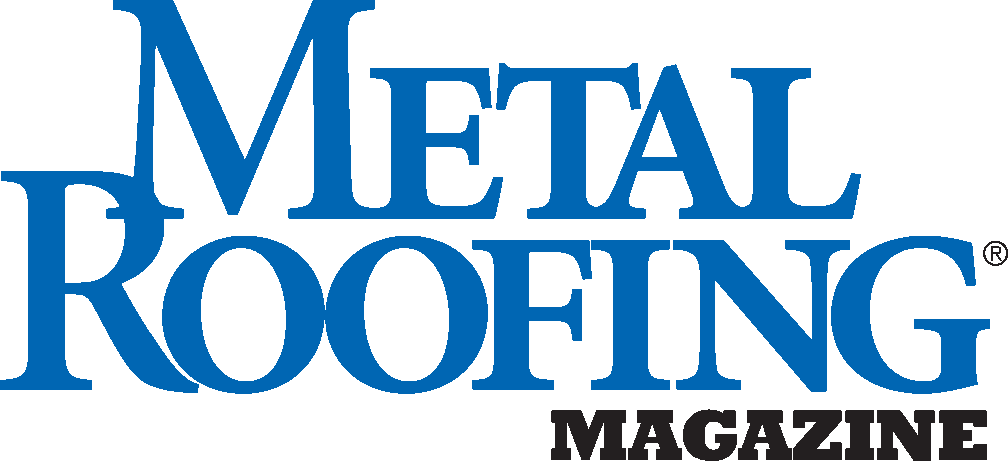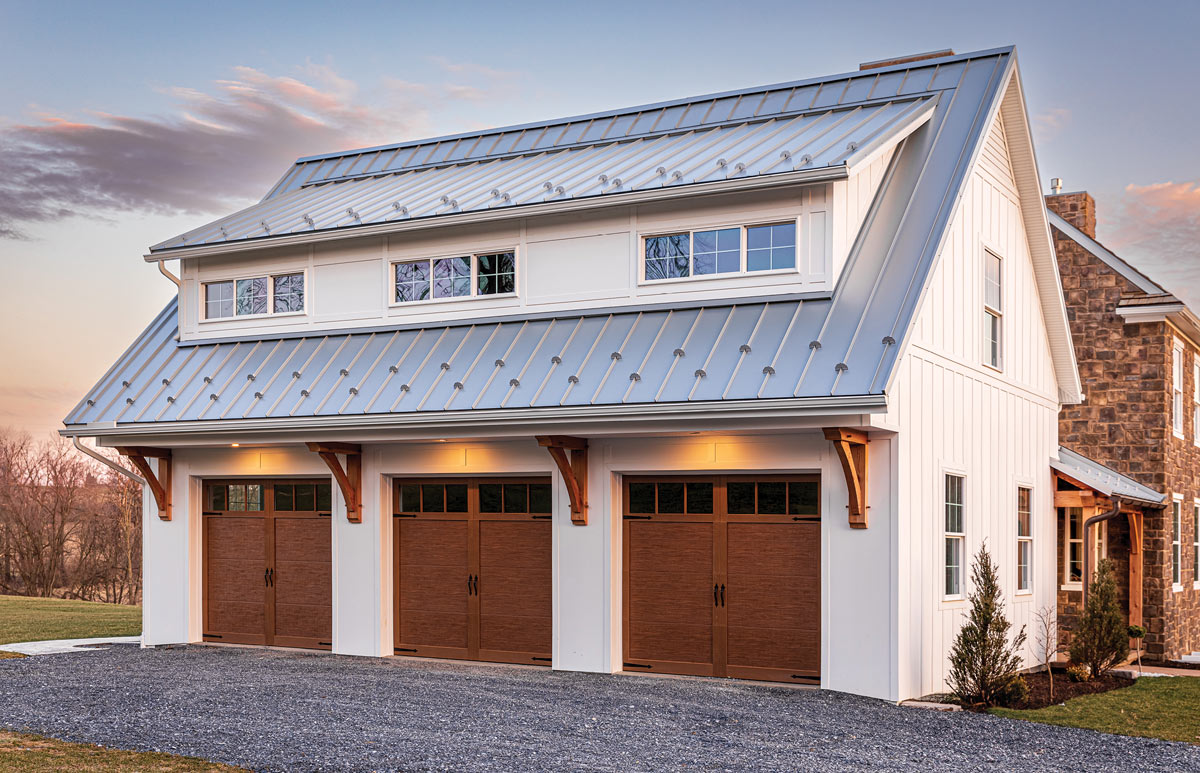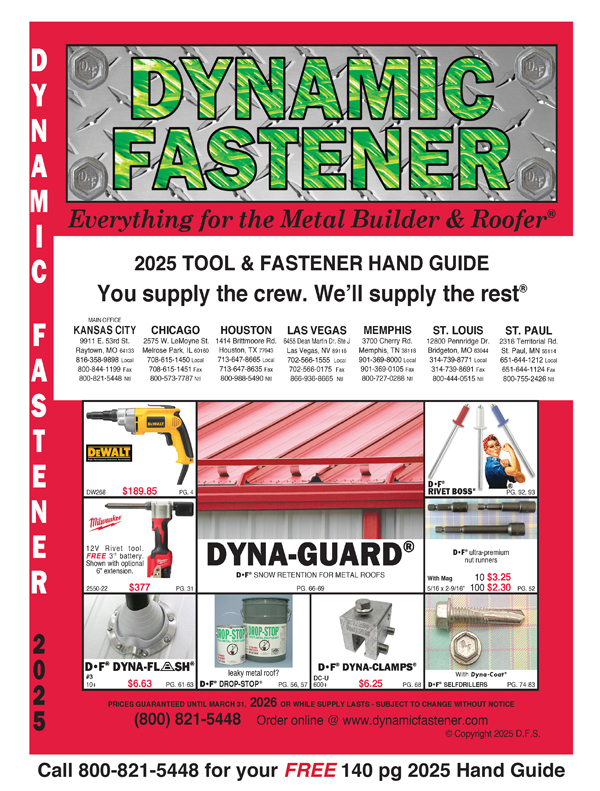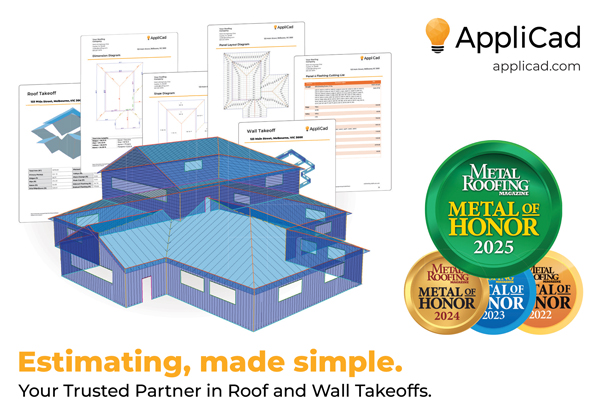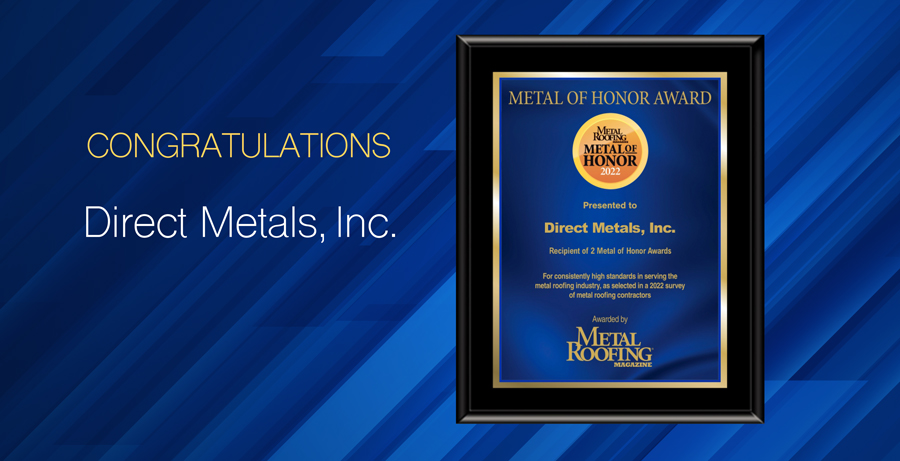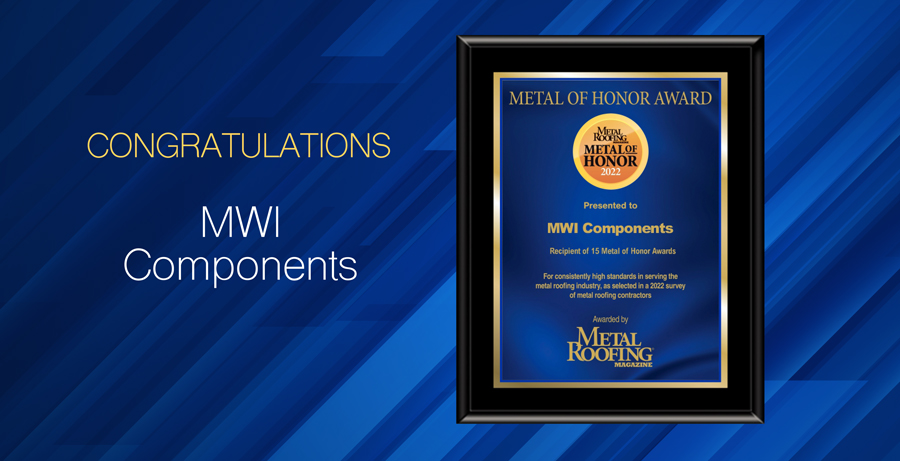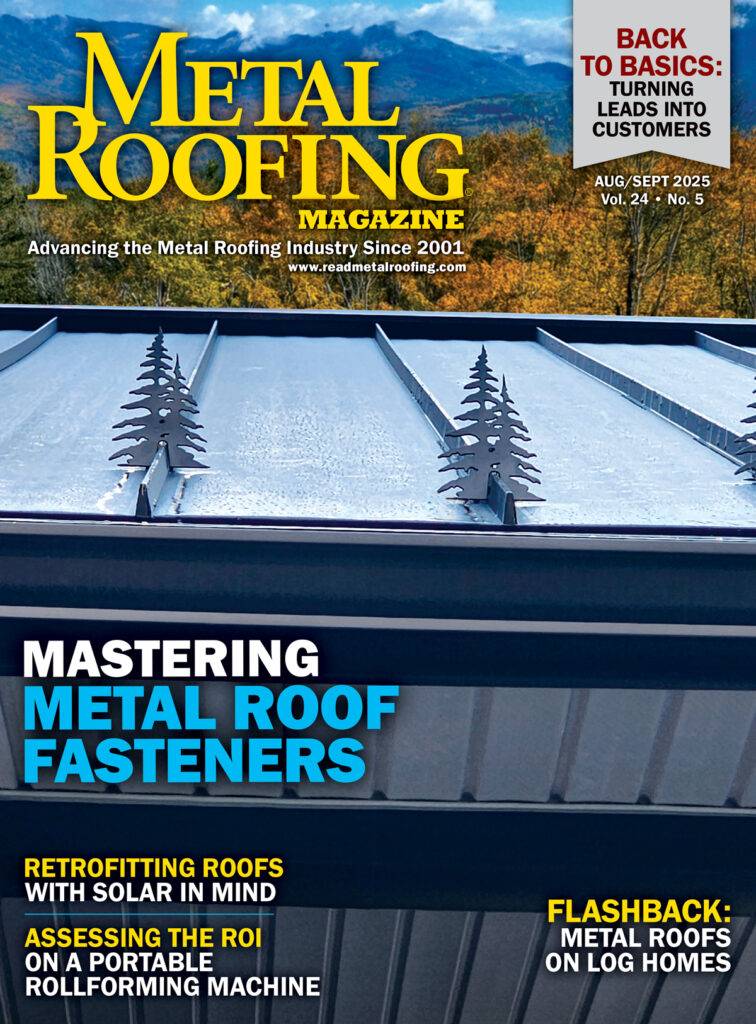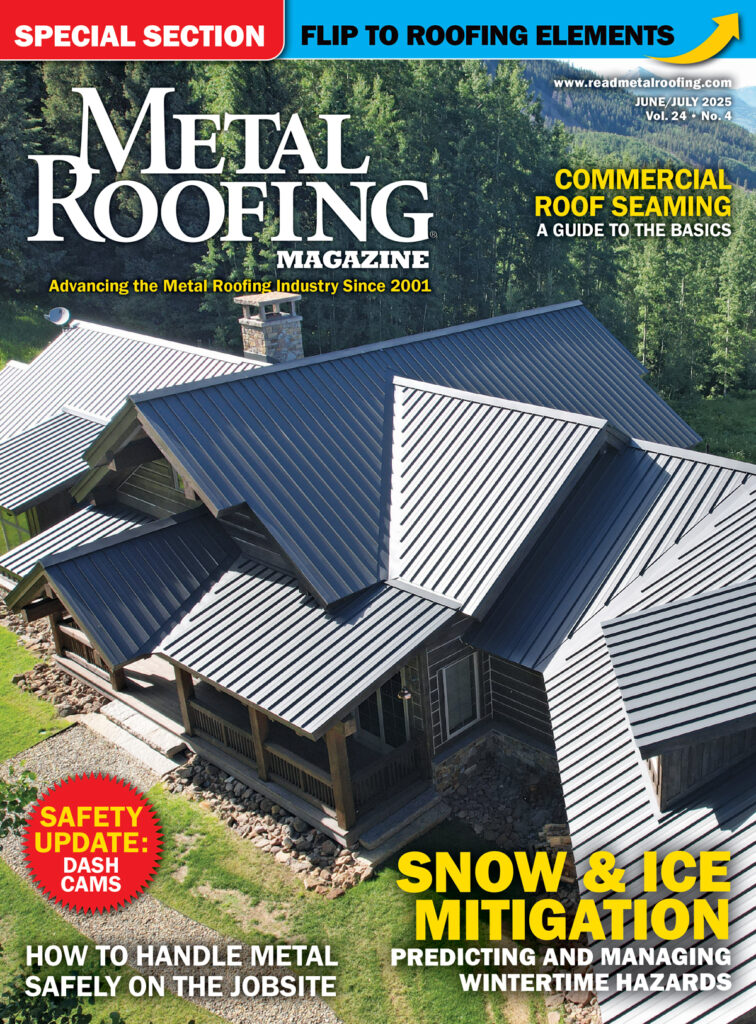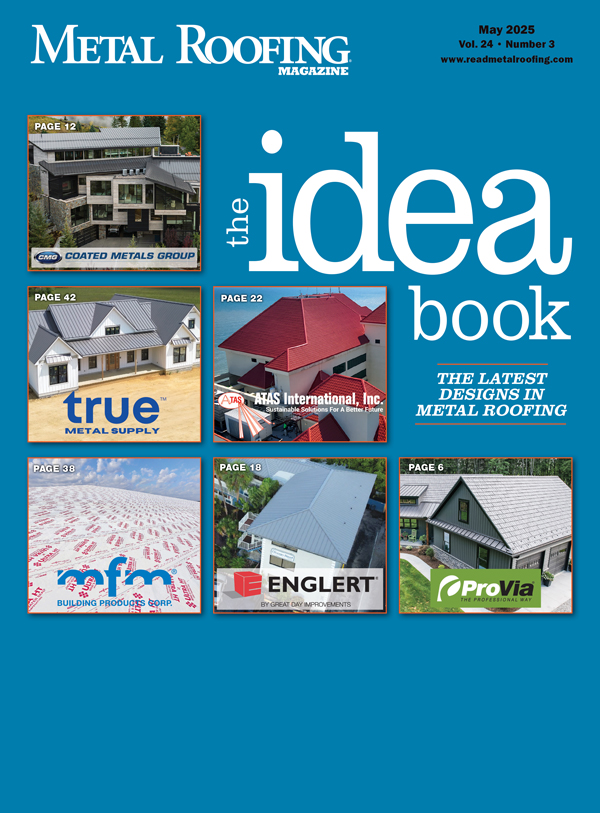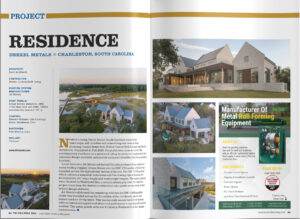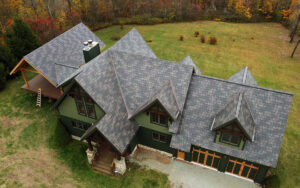Ventilation and Moisture Control in Metal Roofing: Why It Matters
Proper ventilation and moisture control are essential to the performance, durability, and energy efficiency of metal roofing systems. Overlooking these elements can lead to condensation, mold growth, structural damage, and a shortened roof lifespan. In this article, we explore the critical role of ventilation in metal roofs, drawing on insights from industry experts and established best practices.
The Role of Ventilation
Ventilation is key to regulating temperature and moisture levels by facilitating consistent airflow in and out of the roof system. In metal roofing, a well-designed ventilation system helps prevent the buildup of heat and moisture in the attic or roof cavity.
A proper system includes both intake and exhaust components. Intake vents—usually located at the eaves or in soffits—bring in fresh air, while exhaust vents, such as ridge vents, allow warm, moist air to escape. This continuous airflow reduces the risk of condensation and heat accumulation that can otherwise degrade roof performance over time.
The International Building Code (IBC) and International Residential Code (IRC) require a minimum ventilation ratio of 1:150 (1 square foot of ventilation for every 150 square feet of attic space). When certain conditions are met—such as balanced intake and exhaust—this can be reduced to a 1:300 ratio. Always check local codes for specific requirements. Online ventilation calculators can simplify this process by determining the amount of ventilation needed based on square footage.
Proper ventilation also helps address real-world challenges. In cold climates, everyday activities like cooking and showering generate indoor moisture that can lead to frost forming on the underside of the roof deck. Ventilation helps keep the roof deck temperature closer to that of the outdoors, reducing frost buildup and the risk of ice dams and leaks. In warm weather, ventilation helps expel hot attic air, contributing to occupant comfort and extending the life of roofing materials.
For ventilation to be effective, it must be balanced. Exhaust vents should make up no more than 50% and no less than 40% of the total ventilation area when using the 1:300 ratio exception. Ridge vents are among the most efficient exhaust options, but they only work well when paired with adequate intake vents, typically installed in the soffits or low on the roof slope. Imbalanced systems—too much exhaust or too little intake—can lead to poor airflow, trapped moisture, and performance issues.
Moisture Control
Moisture control goes hand in hand with ventilation. When warm, humid air encounters cooler surfaces within the roof structure, condensation can form. Left unchecked, this moisture can lead to a range of problems, including mold, rot, corrosion, insulation damage, and unpleasant odors.
To reduce the risk of condensation, consider moisture control early in the design process. Choose underlayments that act as vapor barriers, seal all joints and penetrations properly, and select materials that resist moisture absorption. Regular inspections can help identify early signs of water damage or mold so issues can be addressed before they escalate.
Best Practices
Plan Early: Address ventilation and moisture control in the design phase to integrate solutions efficiently and cost-effectively.
Balance the System: Ensure a balanced ratio of intake and exhaust vents. A slight preference for more intake helps avoid negative pressure.
Choose the Right Materials: Use moisture-resistant underlayments and insulation designed specifically for metal roofing systems.
Inspect Regularly: Conduct routine checks for blocked vents, deteriorated seals, or signs of moisture accumulation.
Adapt to the Climate: Tailor your approach based on regional climate factors like humidity, temperature swings, and seasonal weather patterns.
Conclusion
Effective ventilation and moisture control are vital to the long-term success of metal roofing systems. By understanding airflow and moisture dynamics and applying best practices from design through maintenance, building professionals can help ensure that metal roofs perform reliably, remain energy-efficient, and provide a healthy environment for occupants. MR

